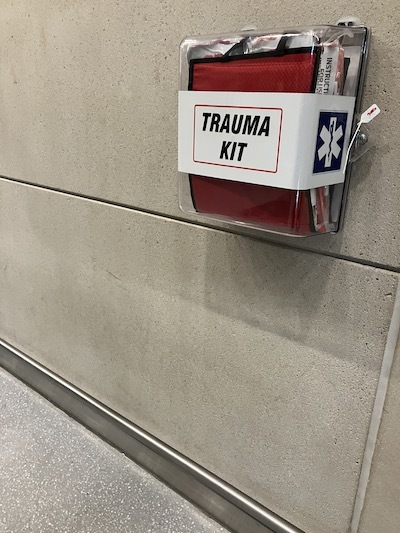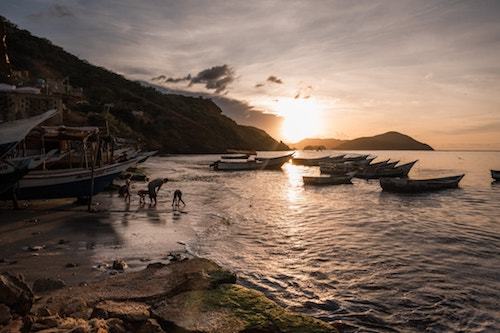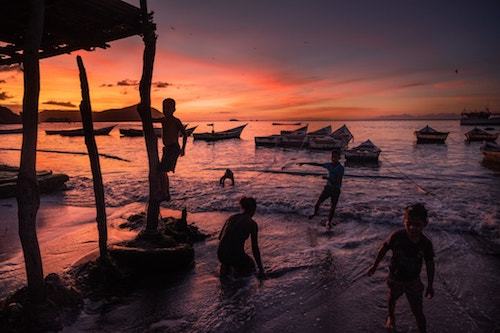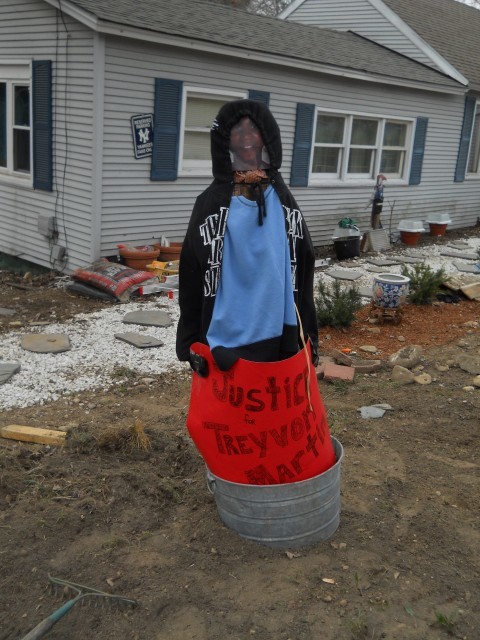There was a great article by Jeremy C. Fox in the Boston Globe a few days ago about Maria Herrick Bray (1828–1921), whose identifiers therein are way more extensive than in my subject line: "abolitionist, suffragist, temperance leader, lay minister, innkeeper, writer, 'editress,' naturalist, lecturer, matron of a women’s shelter, and philanthropist." But the article leads with the heroic feat for which she's best remembered:
That feat is no doubt why the US Coast Guard named a 175-foot Keeper class bouy tender after her in 1999.
But then the article goes on with a whole bouquet of other things she did:
And she was president of the Women's Suffrage Association in Gloucester and established Massachusetts' first women's shelter in 1890.
AND she seems to have been a lot of fun, with a contemporary writing about her,
If you happen to have a subscription to the Boston Globe, you can read more here, but if not, I've created a Word document of it, so if you want to read more, I'm happy to send it to you--just message me. Because really, Boston Globe. I pay enough for this subscription that you should let me give gift articles BUT YOU DON'T.
For three days and nights in 1864, from her wedding anniversary to Christmas Eve, the 36-year-old West Gloucester native willed herself up each wrought-iron staircase every four hours to fill the tanks of whale oil, trim the wicks, and keep the lanterns burning as the snowstorm enveloped the 54-acre rocky outcropping just off the Rockport coast.
Globe caption reads: "A charcoal illustration depicts Maria Herrick Bray rushing between the twin lighthouses of Thacher Island. JEREMY C. FOX" --not sure if that means merely that the picture is in Jeremy C. Fox's possession or whether he drew it! It's a cool picture and I'd love to know the artist.
Her husband, the head lighthouse keeper, had taken a boat to the mainland with a feverish assistant keeper seeking medical care. They didn’t know the storm was bearing down on Cape Ann, blocking his return and leaving his formidable wife to tend both lamps with only her 14-year-old nephew, Sidney Haskell, for help.
That feat is no doubt why the US Coast Guard named a 175-foot Keeper class bouy tender after her in 1999.
But then the article goes on with a whole bouquet of other things she did:
While Herrick Bray lived on Thacher Island, she developed a fascination with aquatic plants that made her an early authority in their study, and she was among five local leaders who formed the Cape Ann Scientific and Literary Association in 1875, laying the groundwork for the Cape Ann Museum.
She wrote essays on snails and trap-door spiders, according to newspaper accounts, and gave lectures on topics including the apostle Paul; “The True Missionary Spirit”; Gloucester past, present, and future; and botany — “recommending the inculcation of a love for flowers in the minds of the children.”
And she was president of the Women's Suffrage Association in Gloucester and established Massachusetts' first women's shelter in 1890.
AND she seems to have been a lot of fun, with a contemporary writing about her,
“a bright-eyed glowing brunette, full of jovial life and elfish pranks. . . . She was not only the life of the old Herrick Homestead, but of the village ...A quick sense of the ludicrous, in person or occurrence, found her power of mimicry wide-awake, and no company could be long dull or morose with her in their midst.”
If you happen to have a subscription to the Boston Globe, you can read more here, but if not, I've created a Word document of it, so if you want to read more, I'm happy to send it to you--just message me. Because really, Boston Globe. I pay enough for this subscription that you should let me give gift articles BUT YOU DON'T.










